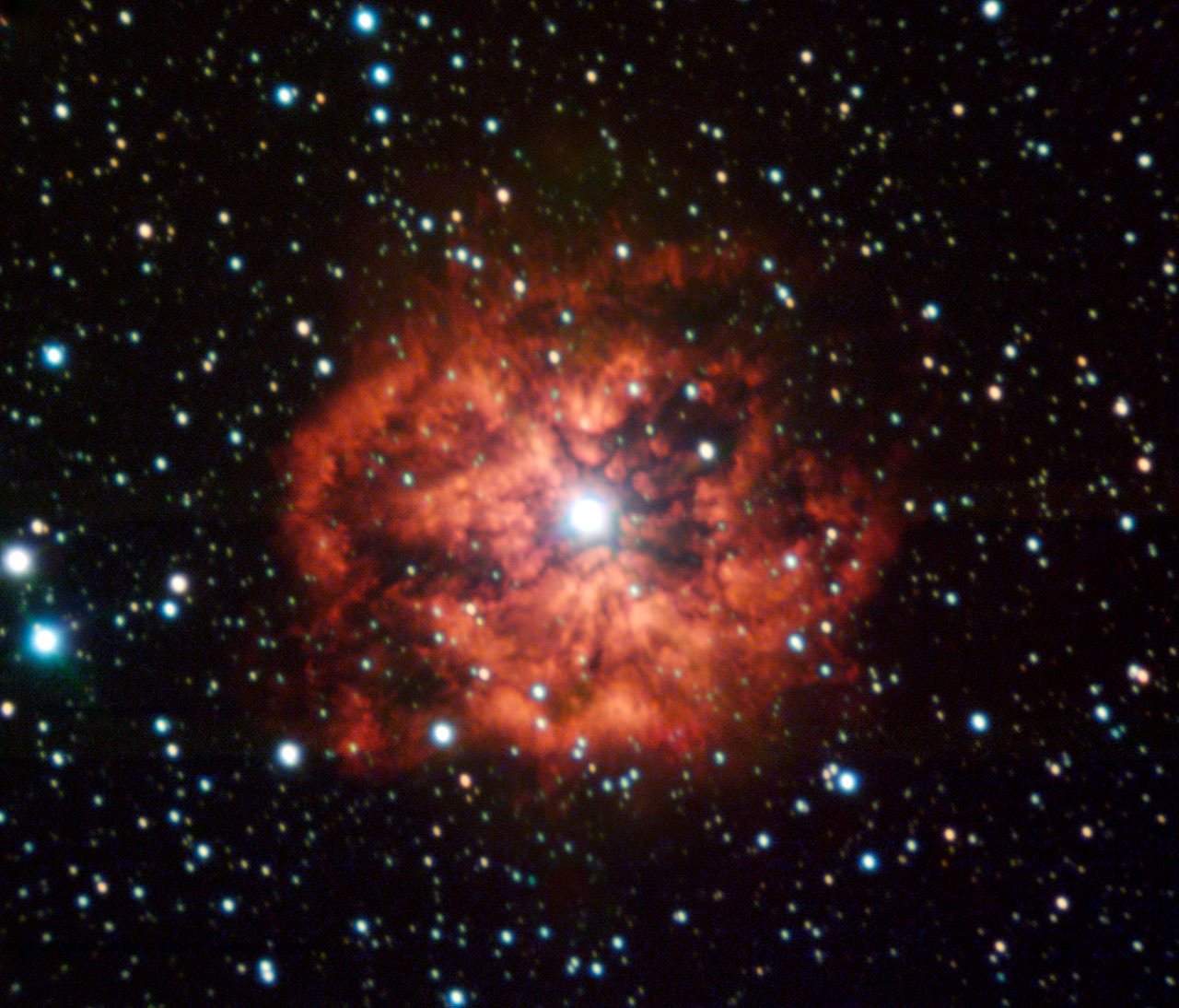In this series we are exploring the weird and wonderful world of astronomy jargon! You’ll finally get away with today’s topic: escape velocity!
Continue reading “Astronomy Jargon 101: Escape Velocity”Astronomy Jargon 101: Dark Matter
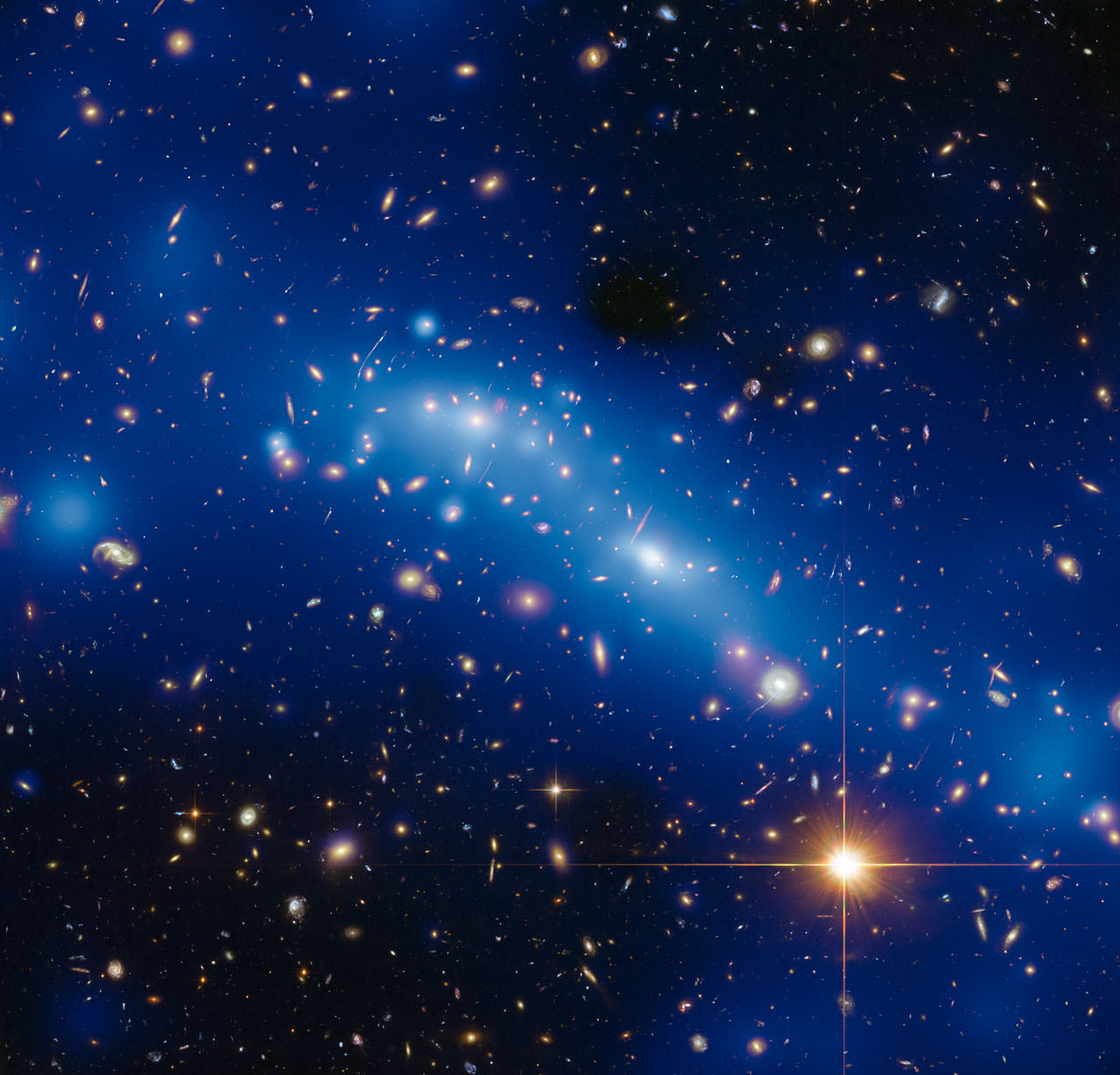
In this series we are exploring the weird and wonderful world of astronomy jargon! You’ll feel mysterious about today’s topic: dark matter!
Continue reading “Astronomy Jargon 101: Dark Matter”Astronomy Jargon 101: Cosmic Rays

In this series we are exploring the weird and wonderful world of astronomy jargon! You’ll have to be careful around today’s topic: cosmic rays!
Continue reading “Astronomy Jargon 101: Cosmic Rays”Astronomy Jargon 101: Chromosphere

In this series we are exploring the weird and wonderful world of astronomy jargon! You’ll get a good look at today’s topic: chromosphere!
Continue reading “Astronomy Jargon 101: Chromosphere”Astronomy Jargon 101: Albedo
In this series we are exploring the weird and wonderful world of astronomy jargon! You’ll be dazzled by today’s topic: albedo!
Continue reading “Astronomy Jargon 101: Albedo”Astronomy Jargon 101: Absolute Magnitude
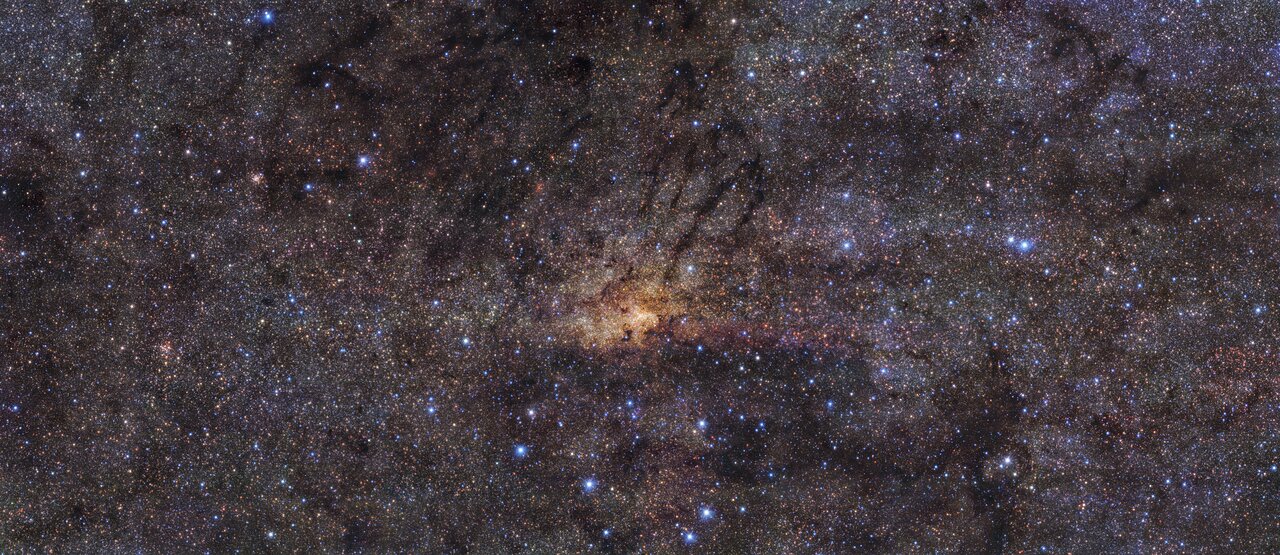
In this series we are exploring the weird and wonderful world of astronomy jargon! You’ll surely measure the awesomeness of today’s topic: absolute magnitude!
Continue reading “Astronomy Jargon 101: Absolute Magnitude”Astronomy Jargon 101: Wolf-Rayet Stars
In this series we are exploring the weird and wonderful world of astronomy jargon! You should be wary of today’s topic: Wolf-Rayet stars!
Continue reading “Astronomy Jargon 101: Wolf-Rayet Stars”Astronomy Jargon 101: Electromagnetism
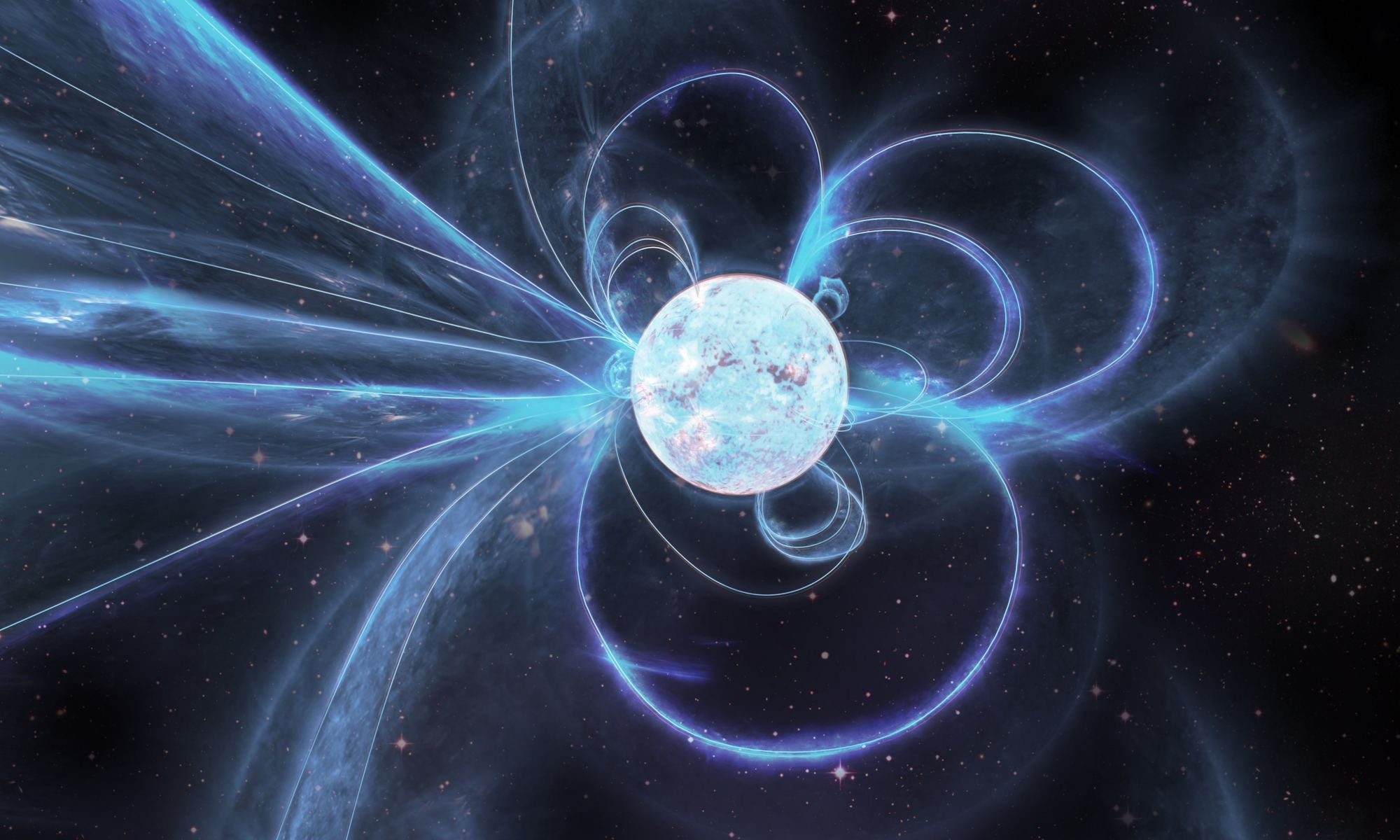
In this series we are exploring the weird and wonderful world of astronomy jargon! There’s a lot to see with today’s topic: electromagnetism!
Continue reading “Astronomy Jargon 101: Electromagnetism”Astronomy Jargon 101: Weak Force

In this series we are exploring the weird and wonderful world of astronomy jargon! You’ll be surprised by the power of today’s topic: the weak force!
Continue reading “Astronomy Jargon 101: Weak Force”Astronomy Jargon 101: Strong Nuclear Force
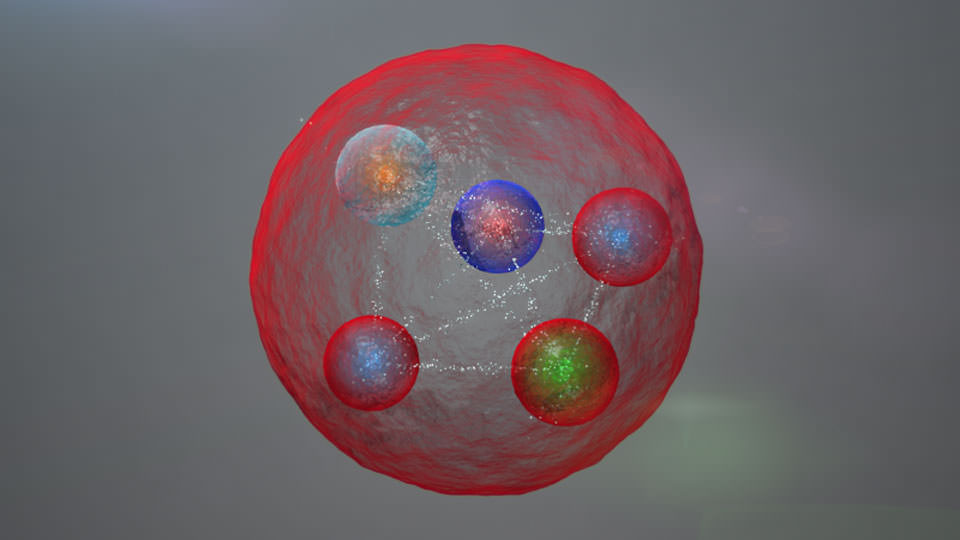
In this series we are exploring the weird and wonderful world of astronomy jargon! Feel the power of today’s topic: the strong force!
Continue reading “Astronomy Jargon 101: Strong Nuclear Force”


